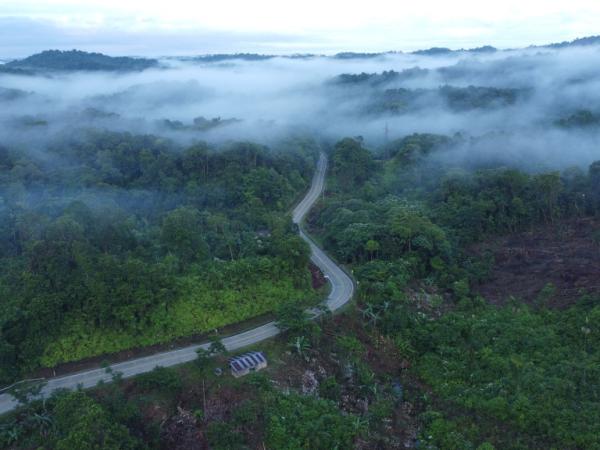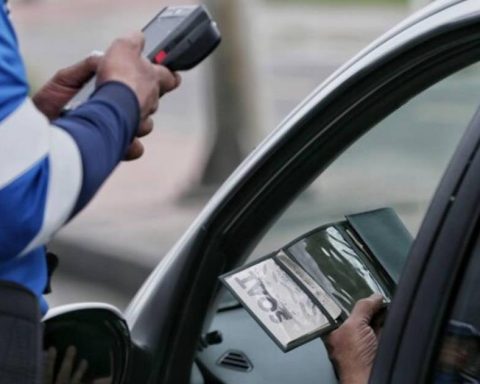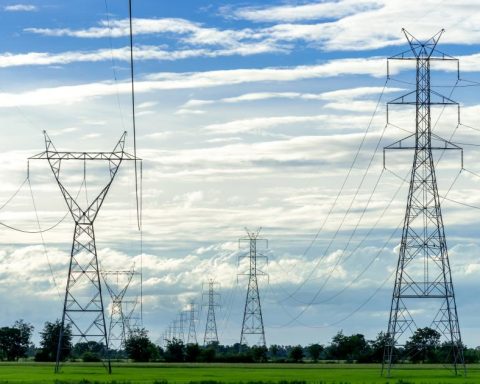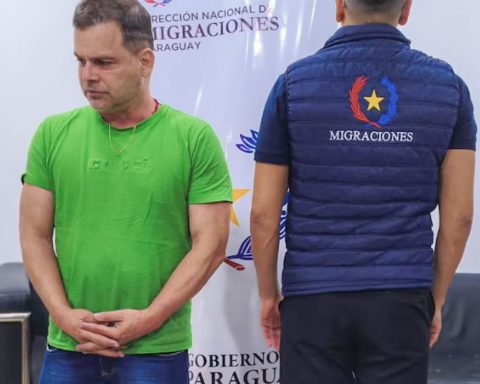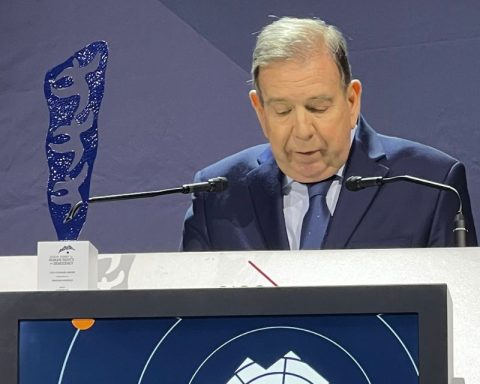The National Government, with the intention of advancing and expediting the projects that are currently in the execution phase by the National Highway Institute (Invías), but at an early age, proposed the use of the mechanism of future validity to bring resources to the present and thus advance the works.
This is taking into account that the current situation of the Government’s finances is not the best, which is why the Ministry of Transport is searching for new forms of financing the initiatives.
You can read: ‘Go back home, please’: the campaign to promote road safety on the festive weekend
With this idea in mind, Invías identified 21 projects that can increase their execution taking into account their technical characteristics, as well as the operational and financial capabilities of the contractor, for which they present the resource needs for each project until the year 2026.
“We are processing with the Ministry of Transportation, the DNP and the Ministry of Finance a preview of future validity, that is, bringing resources that are projected for the following years to the present, in 2025 and 2026, to advance them. Communities expect to see paved roads, not previous works. “That is why it is an alternative to advance construction and for communities to see that resources are being invested,” Juan Carlos Montenegro, director of Invías, pointed out in this regard.
It should be noted that currently The entity is carrying out the financial balance of the contracts, with the objective of forecasting adjustments in terms of the budget, in order to determine the kilometers to intervene with this mechanism. However, so far, of the 21 projects analyzed, there is a need to reprogram resources from the future periods from 2027 to 2030, for $2.1 trillion.
You can also see: Studies begin for the construction of the second road between Catambuco-Pasto
Roads in charge of Invías
You send
“We go to the regions and people tell us: move forward with the works. In this way, we sat down and under the future validity model we decided to advance $2 billion, which is between 2027 and 2030 and we are going to bring them at present value, but we cannot do it in the Budget, because I have no ceiling. That is why we will do it through the Alternative Sources Fund, which we have already managed to set up, which is where the valuation money and the surpluses from the concessions will go so they can lend them to these contractors,” said the Minister of Transportation, María Constanza García.
As the official explained, it is about advancing these resources, accelerating the works (the contracts provided for this), continuing to pay with the future validity and doing the math so that the financial costs can be cushioned without sacrificing the physical goal.
“It is not reducing the kilometers to pay the interest, but saving the devaluation of money and administrative expenses”he added.
The projects are:
• Alta Guajira Connection
• Macarena Transversal
• San Francisco-Mocoa variant, sector 2 and 3
• The Bleach – Saravena
• San José- Calamar – El Retorno
• San Vicente del Caguán – Puerto Rico -Florence
• Villagarzón – San José del Fragua
• Curos – Malaga
• Duitama – Charalá -San Gil
• Vado Hondo – Labranzagrande – Yopal
• Puerto Gaitán- Arimena Bridge
• Arimena Bridge – The wind
• Juriepe – Puerto Carreño
• Arauca – Casanare Connectivity
• Zipaquirá – Ubaté- Barbosa – Bucaramanga
• Puerto Boyacá – Otanche -Tunja – Páez
• Ring of the Colombian Massif
• Paletará Corridor
• Cauca and Huila variants
• Belén – Socha – La Cabuya – Paz de Ariporo
To reach this decision, the entity held working groups together with the Ministry of Finance and Public Credit, the Development Bank of Latin America (CAF), the World Bank, the National Planning Department (DNP), the Financial National Development (FDN) and the Ministry of Transportation, with the purpose of obtaining resources that allow future validity periods to be rescheduled.
The above is so that the budget project can have a greater amount of resources during the current government.
Also see: Transportation sector costs would be unsustainable in 2025: why?

You send
Courtesy
However, to carry out these operations with each of the national and multilateral entities previously listed, an expansion of the Invías medium-term spending framework is required.
“It should be noted that within the contracts of the legality and reactivation programs there is the option use clause. However, this only allows you to advance 70% of the next term through an external financier. “Currently, the entity is evaluating the pertinent modifications so that this clause allows the acceleration of 100% of the contract,” Invías detailed.
However, for this to occur, the financial model presented by the contractor, in which the acceleration costs must be included, must be less than or equal to the sum of the future terms at the termination of the contract and It must guarantee that the goal it has with its current balance is not defunded.
Now, this attraction of money will not only be through debt, but the idea of using ‘resources parked in trusts’. The use of one or another mechanism will depend on the financial balance of each of the contracts.
PAULA GALEANO BALAGUERA
Portfolio Journalist
